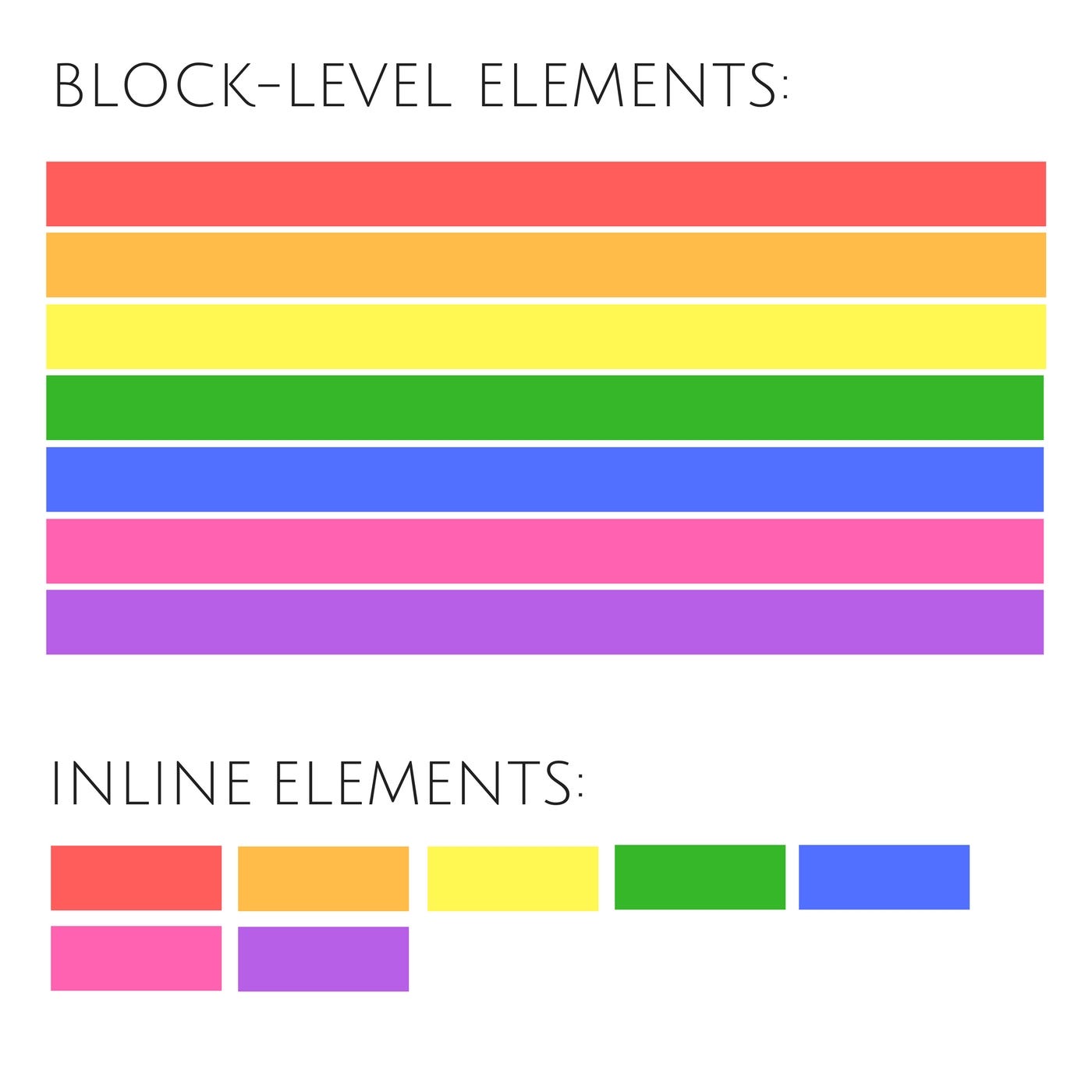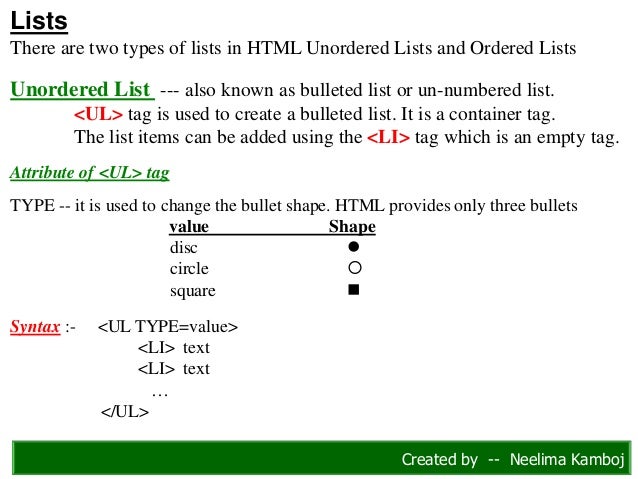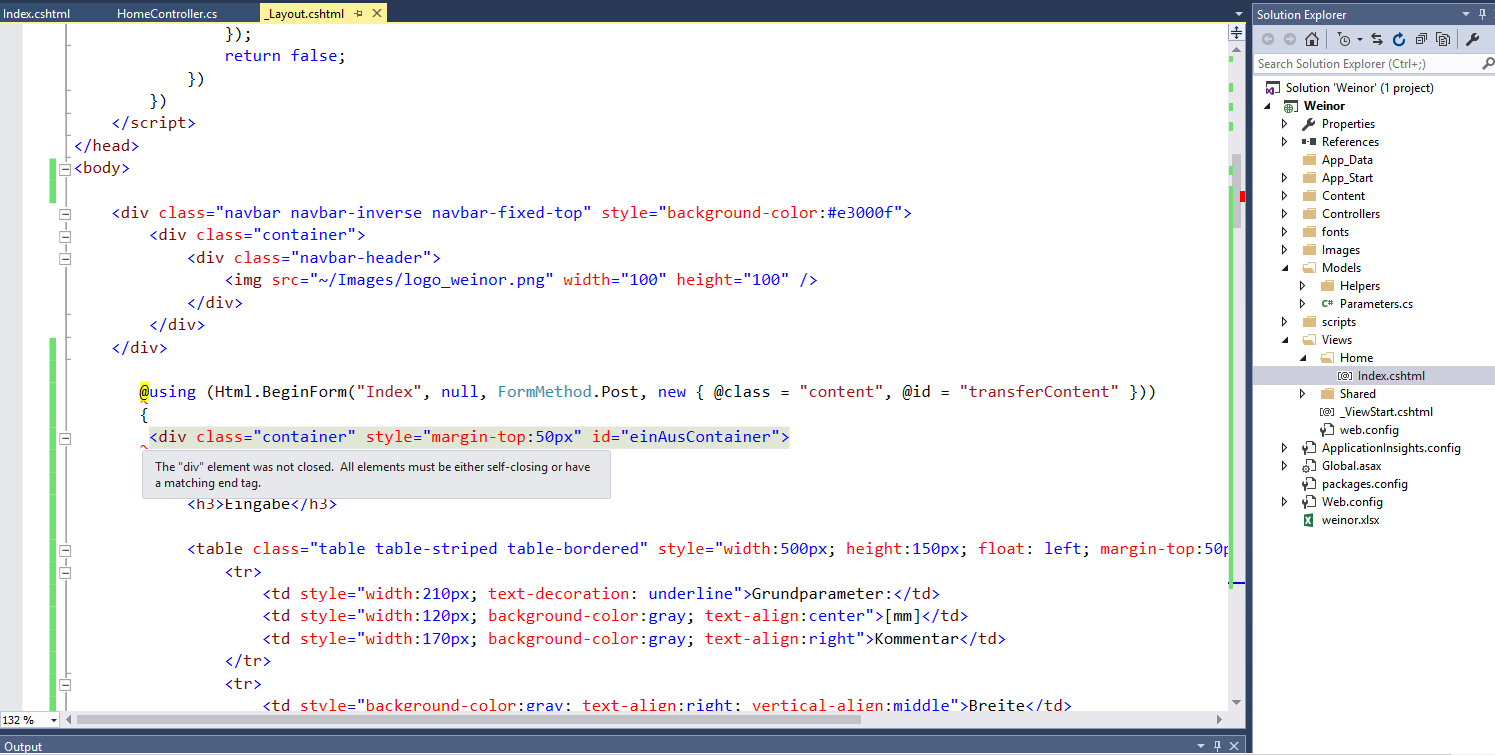Onclick is also the event trigger in the javascript functions; it may be helpful for user validations and navigate the web pages. In jquery, also we use the onclick event act as a major part of the user-defined requirements. Like, react js, angular are some other frameworks we use in onclick functions.
It also supports most of the modern browsers nowadays like google chrome, Mozilla Firefox, and safari, etc. In javascript, we can handle not only onclick event functions, but it may also be used for some other attributes like "on select,onsubmit,ontoggle,onkeyup ", etc.. Based on the user requirements, we can use the event attributes in the html. For instance, if you want the text color to change once a button or another element is clicked, this can be achieved with the JavaScript onclick event attribute. In other words, after users interact with elements with the JavaScript button onclick attribute, the assigned function is invoked. The event appears when the user clicks on the tag, it will be used and need to add the onclick event in the element.
Then the button tag runs on the script when the button is called or clicked by the user end. It runs on the specific lines of code in the HTML object that has the onclick attribute. The onclick attribute is an event attribute supported by all browsers. If you want to make a button onclick, you need to add the onclick event attribute to the element.
The onclick attribute is an event attribute that is supported by all browsers. The onclick event attribute in HTML works when the user clicks on the button. When the mouse clicked on the element then the script runs. Despite being simple, the button onclick event attribute is capable of improving websites by making them more dynamic.
Reassuring a satisfying user experience is a task for every website owner. Therefore, do not ignore the simple functions and attributes that might enhance websites without requiring much effort. We are displaying the best method to JavaScript change image onclick event with the example.
As well as, given another way to implement 'change image on button click javascript'. We have some inbuild functions in javascript for onclick events. Now that our web page is ready, we can start to create our onclick event. We first need to add the onclick() event listener to our button. This event will listen for when the user clicks on the button.
The JavaScript onclick event executes a function when a user clicks a button or another web element. This method is used both inline in an HTML document and in a JavaScript document. N this tutorial, we are going to see how to bind onclick event to dynamically added HTML element with jQuery. To bind the click event to all existing and future elements, use jQuery's on() method. You can choose one of the following methods to add a link to an HTML button.
Add inline onclick event to HTML tag within HTML element. How to add input fields dynamically on button click in AngularJS ? The task is to add an input field on the page when the user clicks on the button using AngularJs. The required component for the operation is created (add-inputComponent). In that component, html file (add-input.component.html) required html is written.
The onclick event executes a certain functionality when a button is clicked. This could be when a user submits a form, when you change certain content on the web page, and other things like that. JavaScript onclick event attribute is a mouse event which runs a specified line of code when you click an HTML object that has the onclick attribute.
If all is well, hovering over the button should trigger a change in style, and clicking the button hould trigger the alert, which should display your custom text. Now try it without a mouse to be sure it's working for keyboard users too . Hyper links are used to link different pages within a site and outside a site to each other. We will connect the url of the new page to the onclick event of the button.
We can do this by using a form and a submit button but there is no point in using a form for a hyper linking of pages. So here are some examples of using buttons to link different pages. The code above adds an event listener to myButton, which stores a reference to the element that we wish to receive events on.
With this action, the button object is now "listening" – waiting to "hear" a click on that specific button – and will invoke the greet method when that event occurs. Up to now, we have used a simple element attribute way for the onClick() event. We can also use HTML DOM in order to set a function or code for a specific HTML element for the click event. We will set the elements DOM object onclick attribute.
In this following example, we will set the Say_Hello() function for the button element by using HTML DOM. If the function receives the MouseEvent object as its sole argument, this function will also be the event's elements to be triggered. Only one click event handler will be assigned for a single object at a time. If you use EventTarget.addEventListener() methods,since it's more flexible.
In the code block above, clicking the button increments the local state and alerts a message. Both actions are executed by separate functions in the onClick event handler. To listen to events in React, add the onClick attribute, which is the event handler, to the target element. This specifies the function to be executed when that element is clicked.
It achieves high performance by automatically using event delegation. In actuality, React doesn't attach event handlers to the nodes themselves. Instead, a single event listener is attached to the root of the document. When an event is fired, React maps it to the appropriate component element. In this tutorial, we'll go over the basics of React's onClick event handler, including event listening, binding methods in class components, and dealing with custom events.
The last way is the most flexible, but it is also the longest to write. There are few events that only work with it, for instance transitionend and DOMContentLoaded . Also addEventListener supports objects as event handlers. In that case the method handleEvent is called in case of the event. In this example, we are using the HTML onclick attribute and assigning a JavaScript's function to it.
When the user clicks the given button, the corresponding function will get executed, and an alert dialog box will be displayed on the screen. Here, we are going to disable an input field onclick event of a button using simple js. However, you can set it to any event like onhover, ondoubleclick, onchange, etc. The onclick event is one of the most commonly used event types. Onclick allows you to run code when a user clicks a button or another element on your web page. Attribute, which causes the showAlert() to be called when a user clicks the button.
If a user navigates to the button using the tab key, then presses enter, that too will trigger the alert. Whenever the click event is raised after the user request, it fires after the mouse down and mouse up events in some order. When it comes to events in React, only DOM elements are allowed to have event handlers. Take the example of a component called CustomButtonwith an onClick event. This wouldn't respond to clicks because of the reason above. The React onClick event handler enables you to call a function and trigger an action when a user clicks an element, such as a button, in your app.
The onclick event generally occurs when the user clicks on an element. It allows the programmer to execute a JavaScript's function when an element gets clicked. This event can be used for validating a form, warning messages and many more.
Our CustomButton is essentially a pass-through for the click event. In the example above, the CustomButton component is passed a prop of onPress, which then gets passed into the onClick of the button. Event handlers determine what action should be taken when an event occurs. The onClick event is used to listen for click events on DOM elements. My problem may be that the DOM for this element might not have been fully built yet.
At this point the page has been loaded and the user clicks a button. The button executes javascript that builds up a new div that it appends to the page by calling document.body.appendChild. Send the browser to a different URL when the content in a span tag is clicked. Pretty much anything a web developer can come up with. Here's an example onclick attribute to spawn an alert box.
Let's say you want to change some text on a web page after you click on a p element, or a paragraph. We can use the onclick attribute to implement this feature on a website. Let's start with an HTML page with a button and some text. We'll also create a JavaScript file that will hold our event code.
When this HTML button is clicked, the "codetorun" JavaScript function will execute. So then, added an if the condition for change image onclick event. There are define two image source codes and change with onclick event. Another common use of an inline function is to pass in a button's value as an argument. This is also very common when using input elements and the onChange event handler.
We can also remove the onClick() event assignment by using the HTML DOM Object. We will just set the onclick attribute of the element to the null object which will remove the existing assignment. In this example we will remove the mybutton HTML element onClick() event like below. Although usually it's not required but sometimes you may want to change the onClick event of a DOM element using JavaScript. When you click on a Document Object Model element, it fires an onclick event.
We can capture this event in JavaScript and execute a piece of code. In JavaScript, onclick event expects a function as parameter. This function will be executed when the event occurs. Let's see how we can change the function to be executed on the fly. We can assign not just a function, but an object as an event handler using addEventListener. When an event occurs, its handleEvent method is called.
The button onclick runs a script when the user clicks a button. Let's see an example where we have a button, clicking on which you'll go to our website. To achieve this, we'll just add the URL of the website to the window object. Our aim is to change the color of the text to blue when we click the button. So we need to add an onclick attribute to our button, then write the JavaScript function to change the color.
Marcelo Teixeira Ruggeri's answer below actually SETS the onclick attribute, which is what the original question asked. I won't downvote this answer because it works and was accepted, but to me, it sure does stink. Finally, when clicking on the close button, it enters showDefaultValue methd without entering the opendropdown method. Finally, you saw many methods to JavaScript change image onclick event. Here this is the main point for change image with onclick event using JavaScript.
While Firefox shows "onclick" in the console after the alert() is closed by the user, the other browsers for some reason swallow the "onclick" event . However, I kinda prefer the Firefox behavior here, it feels more natural to me. Whenever you need to perform an action after clicking a button, link, or pretty much any element, you'll use the onClick event handler. Event occurs when a user clicks on an element with an assigned onclick event .
It is one of the basic operations for the onclick event. The problem with this syntax is that a different callback is created each time the LoggingButton renders. However, if this callback is passed as a prop to lower components, those components might do an extra re-rendering. We generally recommend binding in the constructor or using the class fields syntax, to avoid this sort of performance problem. In the example above, we are using the onChange event handler to listen for typing events on a text input. This method requires calling.bind in the render()function.
The onclick attribute fires on a mouse click on the element. All we need to do is execute a JavaScript when a button is clicked. In HTML, we can use the onclick attribute and assign a JavaScript function to it. We can also use the JavaScript's addEventListener() method and pass a click event to it for greater flexibility.



























No comments:
Post a Comment
Note: Only a member of this blog may post a comment.